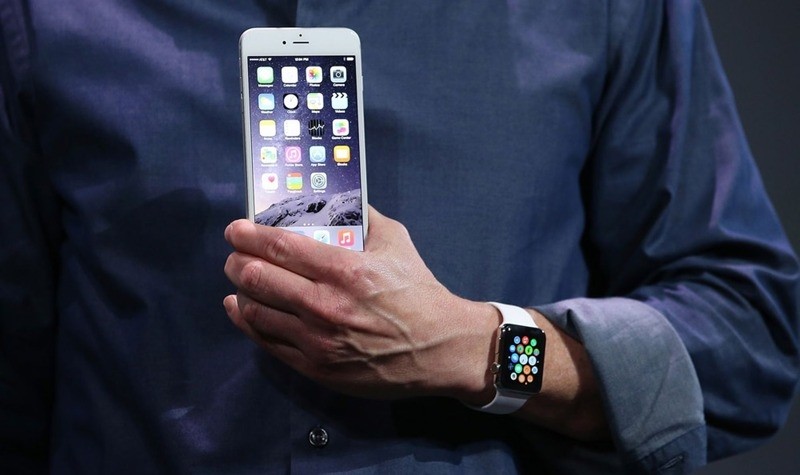The world of connected devices continues to evolve rapidly, with new products, new concepts and new services coming forward at a breakneck pace. From 3G and 4G-equipped smartwatches, broadband-enabled cars, and carrier-offered services to connect them, there's been a rash of new devices to add to our growing collections and more affordable mechanisms for doing so.
As the number of connected devices that people own goes up, however, there's also the increasing recognition of the challenges associated with making them work together. Most people are eager to have their many devices work as a coherent whole so that services, messages, and other forms of communication are consistent and in-sync across all of them.
In fact, this is one of the key tenets of a digital identity: the ability to communicate, and access your media, documents or services, regardless of which device you happen to be using at the time. As I've argued before, I firmly believe digital identities are going to be an incredibly important issue moving forward. With more and more of the things we do, in both our personal and professional lives, becoming digitized, the ability to consistently access all of our digital "stuff" will soon be something we can't imagine we lived without.
Right now, however, there are a few roadblocks preventing us from achieving that vision. One of them involves the concept of twinning, which basically means having multiple devices use the same phone number (really---the same SIM card access capabilities). With twinning, for example, you could send someone a text message and it would show up on both their smartphone and any other connected wearable, such as a connected smartwatch. More importantly, without twinning, the smartphone, and any other connected device with its own SIM card, would each have its own number. That means you'd have to remember to send a text to a friend or colleague's smartwatch or other connected device number in the event they didn't have their smartphone with them. Not exactly ideal. In fact, this is one of the key downsides I see to the otherwise intriguing MICA fashion-oriented smart bracelet from Intel and Opening Ceremony.
Without twinning, the smartphone, and any other connected device with its own SIM card, would each have its own number. That means you'd have to remember to send a text to a friend or colleague's smartwatch.
Many people are looking to simplify their lives and are already merging their personal phones and business phones into one, so the idea of adding yet another complication to communications via wearables, or other connected devices, is not going to be appealing to many. While not everyone is moving toward phone consolidation, the improved quality of virtualization tools and other "containerization" technologies is making the ability to separate a single device into two personalities---personal and work---a much more viable option. As a result, the desire to make connected wearables work more seamlessly with other devices is going to be critically important.
Now admittedly, there are plenty of other forms of communication that don't rely on the phone number. For example, most web-based messaging tools, social networks, etc., simply require a user account name. That account name can be entered on multiple devices, thereby allowing a consistent experience across those devices. Additionally, a few wearables, like the Samsung Galaxy Gear S, use a form of call forwarding that can get around the multi-number issue to some degree, but not as completely and elegantly as twinning.
The problem with twinning is that right now no major US carrier supports it. AT&T has announced plans to add support for twinning to its network by the end of this year. Other carriers will likely follow suit, but that's still a ways off. The challenge is that there are apparently a number of network upgrades that have to be made in order to offer the capability. In other words, it's not as easy as you might think.
Given the momentum that's occurring in the marketplace, both from a component and finished device perspective, I have no question that we will be seeing a lot more devices with integrated cellular broadband connectivity. With improvements in radios, battery life, and service plans already made and more on the way, it's an easy prediction to make. However, limited support for twinning could make that reality a bit further off into the future than it might otherwise first appear.
Bob O'Donnell is the founder and chief analyst of TECHnalysis Research, LLC a technology consulting and market research firm that provides strategic consulting and market research services to the technology industry and professional financial community. You can follow him on Twitter @bobodtech. This article was originally published on Tech.pinions.
